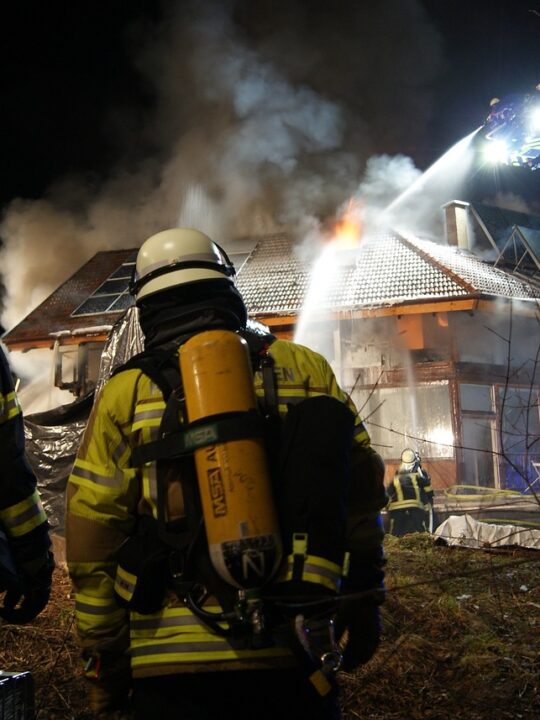If you’re looking to make a smart purchase, your best bet is a Bonsai tree. Their ancient tradition makes them perfect for those looking to practice patience and tolerance, their ornateness is beautiful, and they require no upkeep other than occasional watering.
But keeping a Bonsai tree alive isn’t an easy job. Their special water needs, soil compositions, and inconsistent growth needs require a lot of work.
Here’s a quick guide to Bonsai tree care so your Bonsai survives to maturity.
Table of Contents
Choosing the Right Species of Bonsai Tree
Choosing the right species of bonsai tree is an important first step in the bonsai tree care process. Beginners should do research and understand the conditions each types of trees needs before starting a project. Some popular species for beginners include:
- Dwarf Jade
- California Juniper
- Ficus
- Fukien Tea
- Purple Wisteria
It is important to understand the species’ light and watering needs, as well as its growth rate, before beginning a project. Many species of bonsai trees thrive in warm, sunny climates and require weekly watering.
More delicate species, such as Fukien Tea, should be kept in indirect sunlight and watered every two to four days. Once the right species of bonsai tree is selected, beginners can move on to other basics such as soil, pruning, fertilizing, wiring, and repotting.
With research, patience, and dedication, bonsai tree care will become a rewarding experience.
Tools and Supplies Needed for Basic Care
For newcomers to bonsai tree care, having the right tools is essential. Basic care of a bonsai tree involves trimming roots and branches, pruning leaves, fertilizing, and watering.
To do these tasks, you will need a set of specialized pruning shears, a root hook to untangle and prune roots, a concave cutter to trim branches, and a rake and brush for grooming.
You should also have a small bowl for pebbles or moss to provide a humus layer for the tree. Lastly, a watering can and liquid fertilizer are required for regular care.
These tools and supplies are the basics for any beginner looking to give their bonsai tree the best possible care.
Light and Temperature Requirements
Light and temperature requirements are essential for bonsai tree care, regardless of whether you keep an outdoor or indoor tree. Outdoor bonsai thrive with as much sunlight as possible, which should be at least six hours a day.
Move your outdoor tree slowly to the amount of sun it can tolerate. Alternatively, indoor bonsai tree care requires at least three hours of sunlight daily, and fluorescent grow lights can provide supplemental lighting when windowsills don’t provide enough light.
Additionally, the best temperature range for your bonsai is between 50-80 degrees Fahrenheit. Make sure it’s away from any extreme temperature sources, like radiators or fireplaces, because it may cause stress on the tree.
An indoor bonsai tree must be gradually brought out during the warm months and gradually taken in during the cold seasons so it grows properly.
Pruning and Wiring Techniques
Pruning and wiring are two of the most important techniques for bonsai tree care. Pruning should be done in stages, starting at the top of the tree and working downward, removing any leaves and branches that are dead, dying, or overgrown.
The tree should be shaped by removing some branches and redistributing them elsewhere. Wiring is done by carefully wrapping an anodized wire around the branches to give them more shape and movement.
This technique should only be done when the branches are still pliable, taking care not to damage them. The wiring should not be left on too long to ensure that it doesn’t pinch into the bark of the tree.
Pruning and wiring techniques should be done regularly to properly maintain your bonsai tree and nurture it to health and beauty.
Fertilizing the Bonsai Tree for Maximum Growth
A beginner’s guide to bonsai tree care begins with fertilizing the bonsai tree for maximum growth. Generally, it is best to fertilize your bonsai tree every other week, except during the winter when fertilizer should be given once a month.
During the growing season, bonsai trees need to be fed with a balanced and diluted fertilizer such as 20-20-20. Adjusting the amount of fertilizer according to the plant’s growth is essential to promote the healthy and strong growth of the tree.
Some bonsai trees should be fertilized with a high-nitrogen fertilizer to give them the energy it needs to produce lush foliage. Other elements such as calcium, potassium, and magnesium must also be provided for healthy growth.
Slow-release fertilizers can be used for bonsai trees as they spread their nutrient content over a long period of time. Always be sure to follow the package instructions when using any fertilizer on your bonsai trees. Learn more about here to help you care for a bonsai.
Monitoring and Responding to Disease
Inspect trees frequently for signs of disease, such as yellow or discolored leaves, rotting branches, or spots. When discoloration or other signs of trouble appear, determine the cause of the problem and take the necessary steps to address it.
Incorrect soil or inadequate light could be to blame. Move the bonsai to a location with more natural light or shade. Utilize fungicides and insecticides as needed, though keep in mind that these treatments can be damaging if used incorrectly or too frequently.
Learn All About Bonsai Tree Care
Proper care of bonsai tree begins with the basics and develops over time. With patience, dedication, and knowledge, anyone can learn how to have a successful bonsai tree.
For further information and guidance, be sure to check out our detailed guide on bonsai tree care. You can start growing your own beautiful bonsai trees today!
Did you find this article helpful? Check out the rest of our blog.







